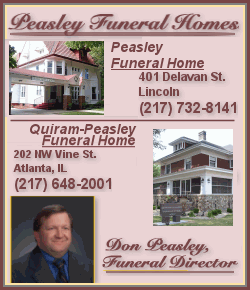| |||||||||
| |||||||||
But he wanted people to understand that everything started when he was a child in Waukesha, Villegas said. So the local exhibit starts with a re-creation of Paul's first laboratory: his living room in Waukesha, including his original piano. It goes on to highlight how his mother supported and influenced him, his time with his wife, his car accident, his inventions, and the many rock stars he influenced along the way. There's a wall of mock guitars that people can wave their hand over and get an idea of how his different attempts at an electric guitar sounded. There also will be an area where people can write their dreams on a piece of paper and tack it to a wall. Paul's music will be played and quotations from his life are featured throughout. Among the items on display are his first professional acoustic guitar, a 1927 Gibson L-5 Sunburst Cremona; large wood sound panels Paul carved that used to be on the walls of his home studio; and the "Paulverizer," a switch Paul built to remotely control tape machines hidden offstage. The switch enabled him to play along with a selection of pre-recorded backing tracks. And the exhibit's advisory board has an impressive list of names: Along with Paul's son, Rusty Paul, it includes his godson Steve Miller, of the Steve Miller Band; ZZ Top singer Billy Gibbons; Cheap Trick guitarist Rick Nielsen; Red Hot Chili Peppers drummer Chad Smith; and Gibson Guitar CEO Henry Juszkiewicz, among others. Rusty Paul said his dad wanted a permanent exhibit to reach the generations who don't know him. "This is the only way the legend will keep on, is if it's exposed and seen all the time," Rusty Paul said. Les Paul is buried in Waukesha, next to his mother, with a 500-square-foot granite monument. In the years before he died, Waukesha officials renamed a street Les Paul Parkway and a band shell as the Les Paul Performance Center. The Les Paul Foundation also has a self-guided tour on its website that features 12 locations in Waukesha, including Paul's childhood home and birthplace.
"We really felt that his story was the perfect model ... to tell the story about the American dream," Villegas said, "because he really did live the life of the American dream."

[Associated
Press;
Copyright 2013 The Associated Press. All rights reserved. This material may not be published, broadcast, rewritten or redistributed.

News | Sports | Business | Rural Review | Teaching & Learning | Home and Family | Tourism | Obituaries
Community |
Perspectives
|
Law & Courts |
Leisure Time
|
Spiritual Life |
Health & Fitness |
Teen Scene
Calendar
|
Letters to the Editor